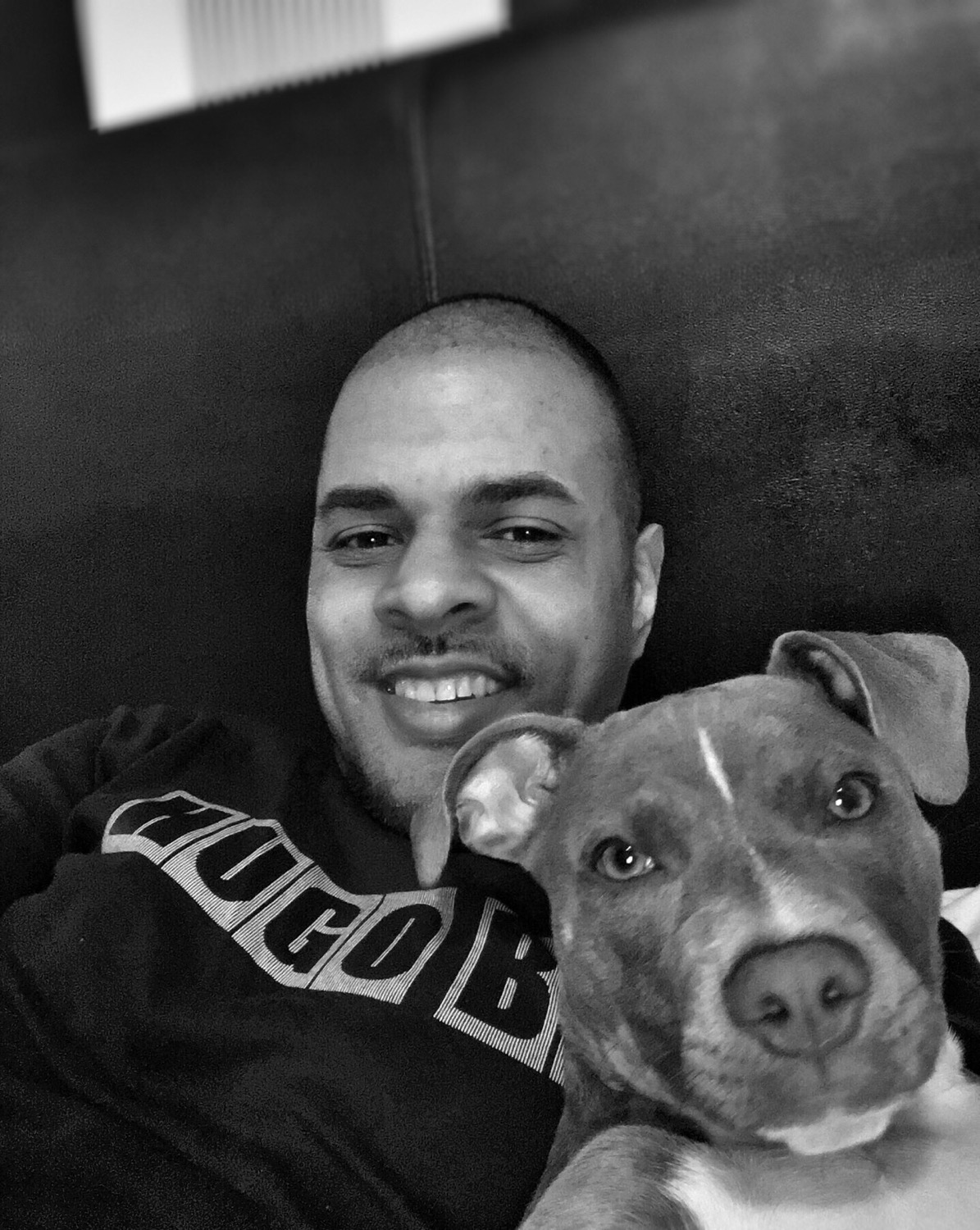Toilet Training Tips for Puppies: A Complete Guide for New Pet Owners
- pringlepawz

- Oct 11
- 3 min read
Learn how to toilet train your puppy effectively with this step-by-step guide. Discover professional puppy toilet training tips, routines, and positive reinforcement techniques to prevent accidents and build lifelong good habits.
Introduction
Toilet training is one of the most important foundations of responsible puppy ownership. Establishing good habits early prevents frustration, strengthens your bond, and helps your puppy grow into a confident, well-behaved dog. While every puppy learns at their own pace, consistency and positive reinforcement are key to success.
In this guide, the Pringle Pawz team shares practical, professional toilet training tips to help you and your puppy succeed from day one.
1. Understand Your Puppy’s Routine
Young puppies have small bladders and limited control. Most need to relieve themselves:
First thing in the morning
After meals or water breaks
After naps or playtime
Just before bedtime
💡 Pro Tip: As a rule of thumb, a puppy can hold their bladder for roughly one hour per month of age (a three-month-old puppy = three hours). Frequent outdoor breaks make success much easier.
2. Choose a Designated Toilet Area
Consistency builds confidence. Choose one outdoor spot where you always take your puppy to toilet. The familiar scent will encourage them to go again in that location.
When your puppy finishes, praise immediately and offer a small treat. Timing matters — rewarding them within two seconds of finishing reinforces the desired behaviour.
3. Establish a Consistent Feeding Schedule
A regular feeding routine helps regulate your puppy’s digestion and toilet habits. Feed your puppy at the same times daily and avoid free-feeding. Predictable meals = predictable toilet times, making training smoother and faster.
4. Supervise and Use Crate Training Wisely
Supervision prevents mistakes. When you can’t watch your puppy closely, use a crate or playpen to help them learn bladder control.
Dogs naturally avoid soiling their sleeping area, making crate training a useful tool for toilet training — provided it’s done correctly. Ensure the crate is:
Just big enough for your puppy to stand, turn around, and lie down
Comfortable and safe
Never used as punishment
If your puppy shows distress, take breaks and build positive associations with the crate gradually.
5. Recognize Early Signs Your Puppy Needs to Go
Being observant helps prevent accidents. Watch for common signs like:
Sniffing the floor
Circling or pacing
Sudden restlessness or whining
Pausing mid-play
When you notice these signals, calmly take your puppy outside to their toilet spot.
6. Clean Accidents Properly
Accidents are inevitable. Never punish your puppy — they’re still learning. Instead, clean the area immediately using an enzymatic cleaner that removes odours. Regular cleaners might leave traces that encourage repeat accidents.
7. Stay Patient and Consistent
Every puppy is unique. Some master toilet training in a few weeks; others take longer. The keys to success are:
Consistency
Positive reinforcement
Patience
If progress stalls, reassess your routine or consult a qualified dog trainer for professional advice.
8. Common Toilet Training Mistakes to Avoid
Even well-intentioned owners can make missteps. Avoid these common pitfalls:
Waiting too long between toilet breaks
Punishing accidents
Inconsistent feeding or walking times
Not rewarding promptly
Remember: puppies learn best through encouragement and repetition — not punishment.
Final Thoughts
Toilet training is a crucial milestone for every puppy and owner. With structure, supervision, and gentle guidance, your puppy will soon understand exactly where to go.
At Pringle Pawz, we’re passionate about supporting new pet parents through every stage of their puppy’s development — from training to nutrition and beyond. With patience and the right approach, toilet training can become a rewarding bonding experience rather than a challenge.



